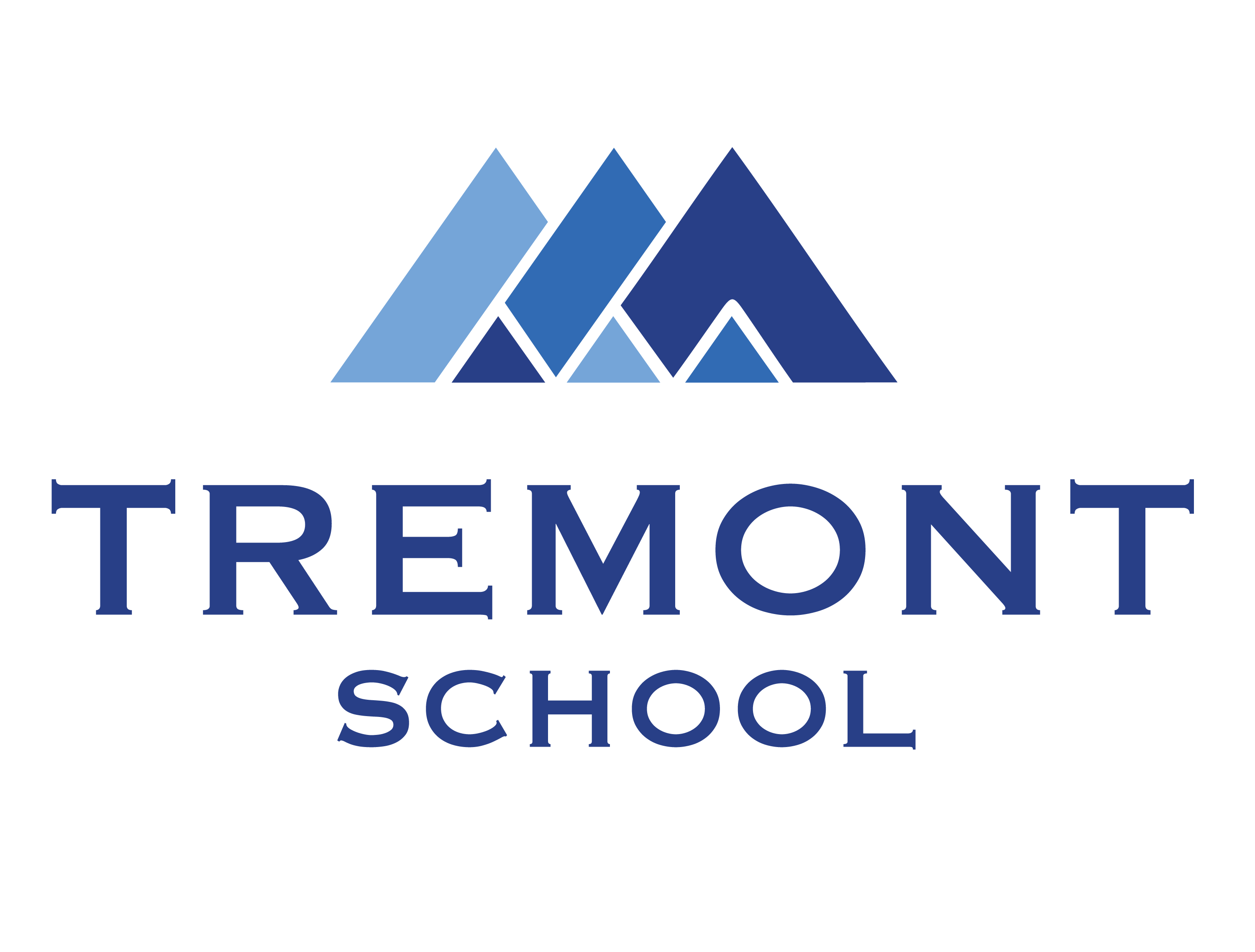Middle School Overview
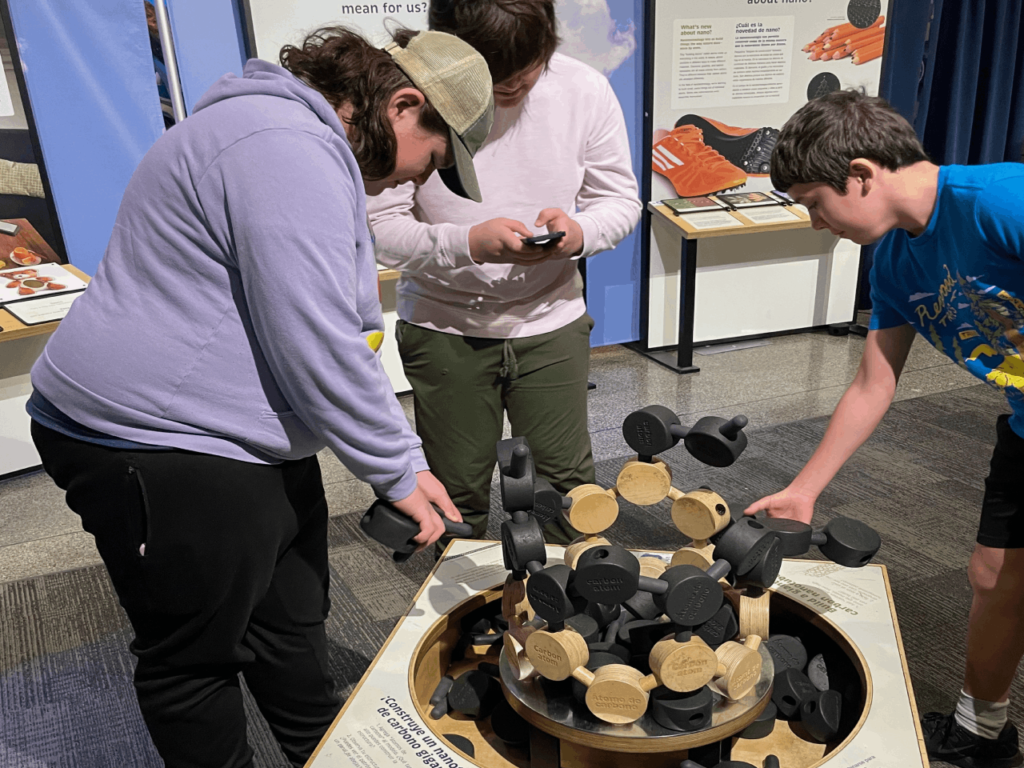
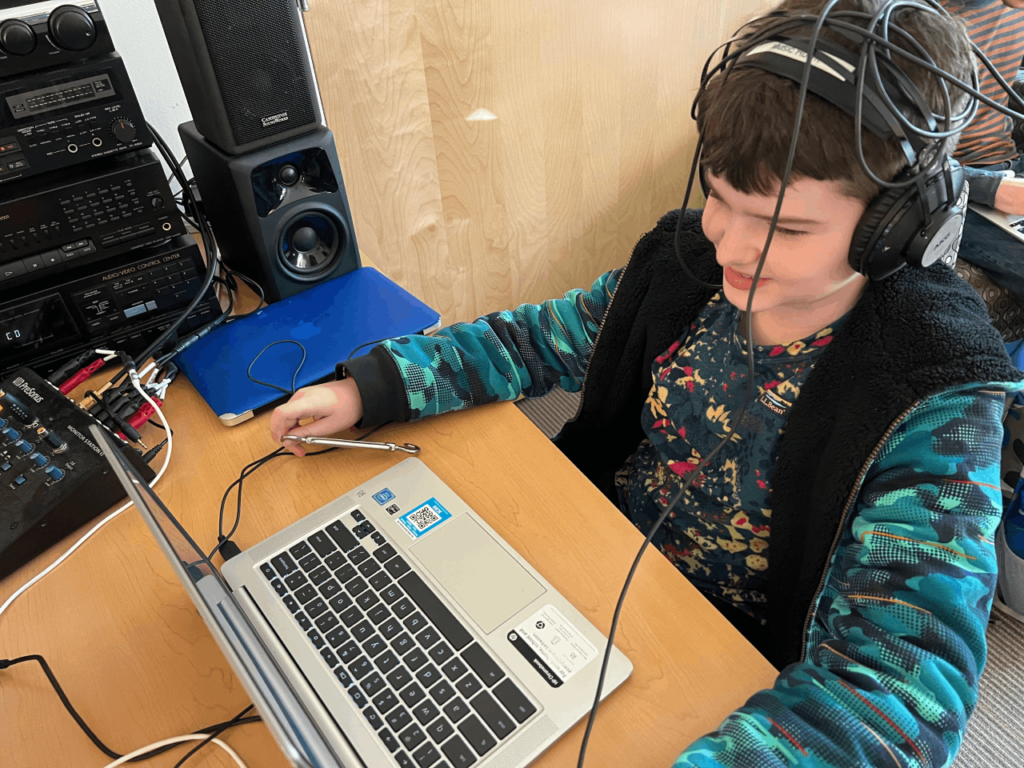
Tremont has a balanced approach with an engaging teacher designed curricula that makes space for student interests which are or are not related to the given curriculum. When students name an academic curiosity with some durability, we get behind the student with both a fun and scholarly approach to that subject matter. This is called the Living Curriculum. We support young people with questions that drive deeper wonder, questions that help them notice their own meta-cognitive patterns (what do I do when I bump into an obstacle?), real-life research skills, how to reach out to experts in the field, how to demonstrate what is learned, and how to stretch oneself in these practices and more.
A core feature of Middle School academics is the Contract, a document outlining assignments and expectations for the week, and a core structure in the Middle School schedule is Contract Time, substantial blocks of largely student-directed time. The students look at the tasks they need to accomplish and plan their weeks accordingly. The contract system helps students do the following:
- Become self-aware and independent rather than relying on teachers to tell them about each transition.
- Practice time management and organization skills.
- Value themselves as decision-makers who can shape their own learning experiences.
The contract is a model for how many of us organize our lives. We assess what we need to get done, consult with our own natures—our own rhythms and styles of working—and proceed accordingly. The contract system allows for recognition that students have:
- focused times and unfocused times
- tasks that are easy and tasks that are hard
- times when they like to work alone
- times when they want to work with friends
Knowing that a math assignment will take significant time, a student can plan to take that time. Knowing that a Duolingo lesson will be a briefer experience, the student can save that for a part of the day when there is less time. Students can plan collaborations with other students, set aside time for personal reading, or get ahead on tasks when they are feeling most productive.
This Contract affects homework. Tasks that are not accomplished during the day may become homework. Homework is discussed with each student at the end of the day. Students may plan to do certain tasks at home or may choose to make sure tasks are done at school. Most students do complete work fully at school.
With the Contract system, students learn to take initiative. Instead of teachers saying, ”Everyone, work on your reading essays,” students come to teachers saying, “Can you help me with my reading essay?” Students seek teacher assistance and instruction as needed. They are invested in getting their own work accomplished, and the teachers are available to help them.
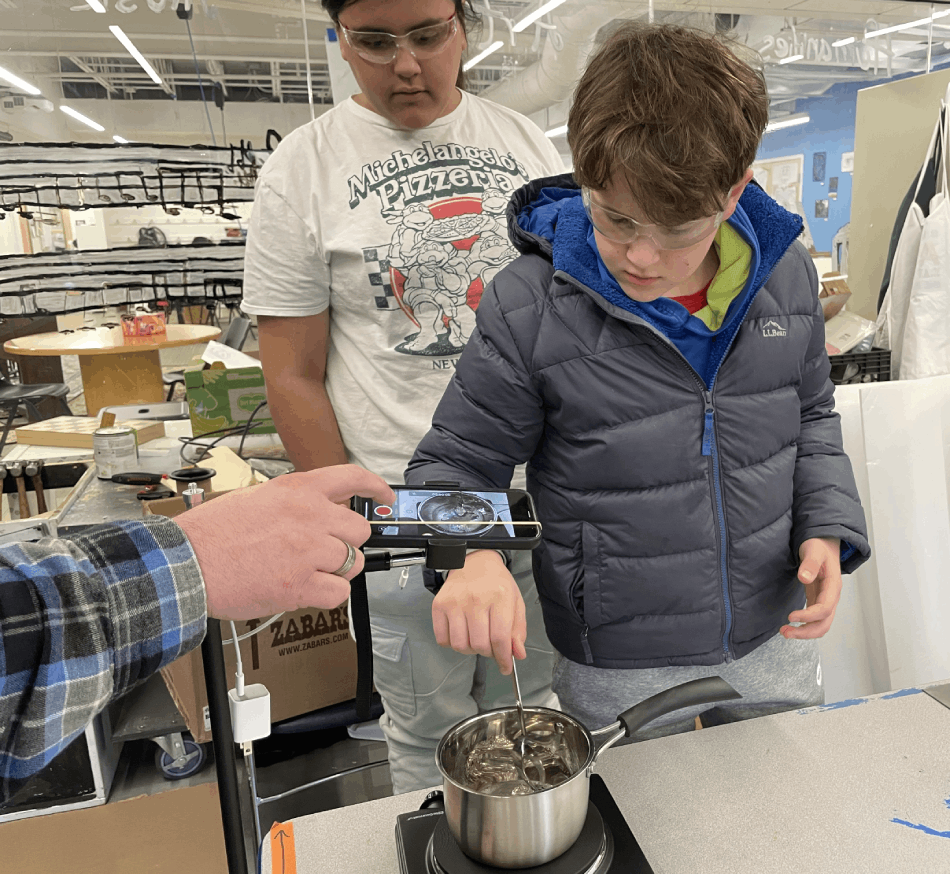
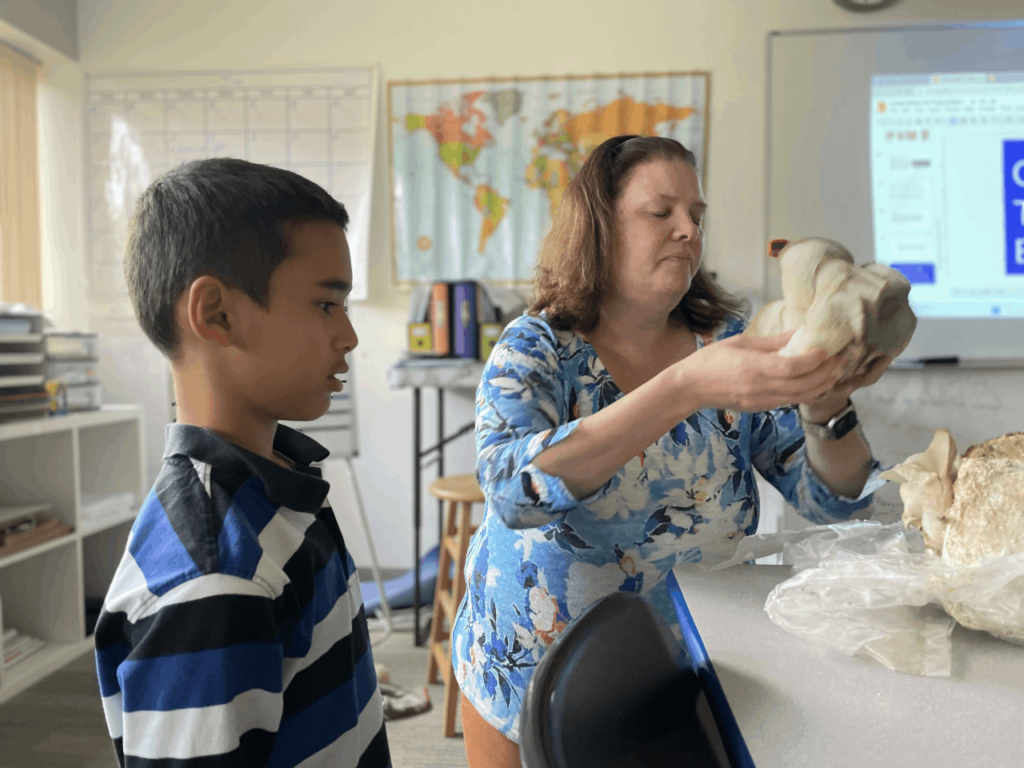
A centerpiece of our Living Curriculum is that students conduct individual research for every unit. This means that, to a large extent, they can tailor their engagement with a unit to suit their interests.
- For example, a student requested to study an artist for a United States History unit on Social Movements of the nineteenth century. Their searching revealed that Winslow Homer was a fitting topic since his art was important in documenting the social changes of the era. The student got to study painting, his passion, while learning about changes in social roles and values. This is just one of many examples of students actively advocating for learning that has meaning to them while still engaging in the common discourse of a unit.
Perhaps the most notable venue for student ownership at Tremont is Independent Study. Independent Study is a unit conducted in grades 5-12. Students pick their own topics to research and contact experts inside and outside the school in order to conduct that research. Students show strong commitment to their Independent Studies and vigorously advocate for what they need to accomplish these. For many students, Independent Study is the unit they look forward to the most; many work harder in this unit than in any other. It is a strong validation of our belief in student self-direction.
Colleges often look for how students distinguish themselves in their educational careers. Students attending Tremont from grades 5-12 have 8 opportunities to initiate and follow through on in-depth projects of their own design. It is not hard for them to point to highly distinctive accomplishments, and teacher recommendations spotlight these strong scholarly achievements.
A critical part of our Living Curriculum and of our vibrant community at Tremont is that students are expected to share their learning with others. Periodically, units in the Middle School conclude with a Celebration of Learning to which families are invited. Here, students present the papers they have written and the projects/experiments they have done.
Indeed, this commitment to presenting informs student writing and the high level of investment in projects. Writing for an audience means explaining terms with care, developing expertise on complex matters so that they can be discussed fluently, and telling why information is significant. Students develop important skills in this process and are motivated to make each paper better than the last.
Similarly, students put their full creative powers to work on projects because they are thinking about how to engage their audience at the Celebration of Learning—and because they have been given the time and encouragement to design projects of high interest to them. Often students set individual goals related to projects, such as improving visual design, the use of creative writing, and fostering audience participation into their work.
